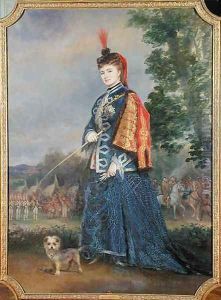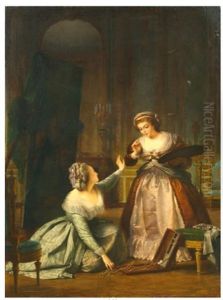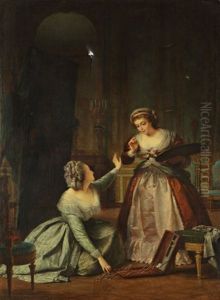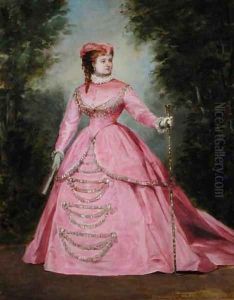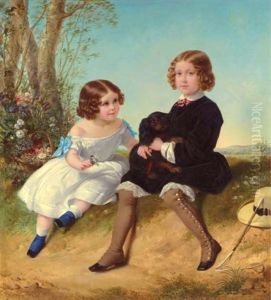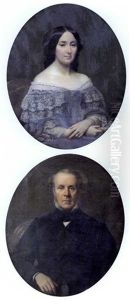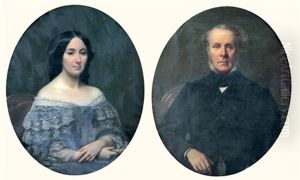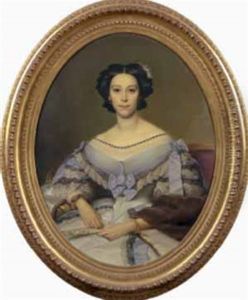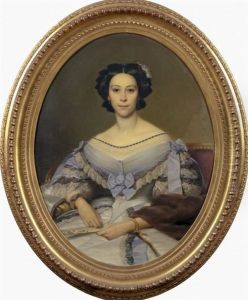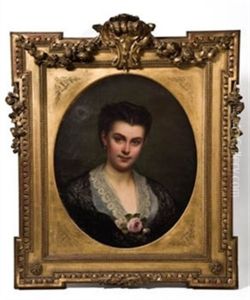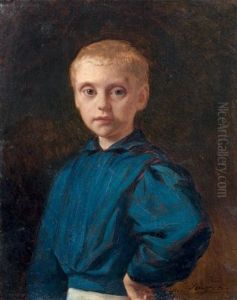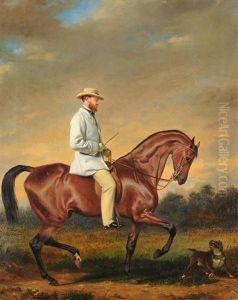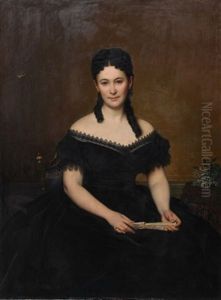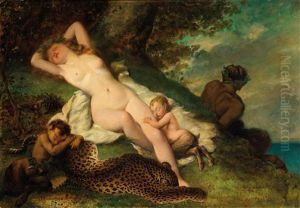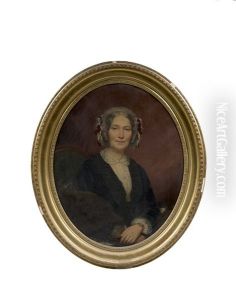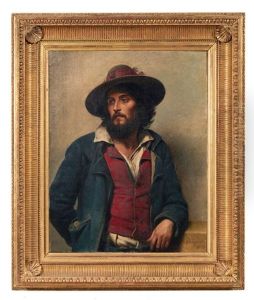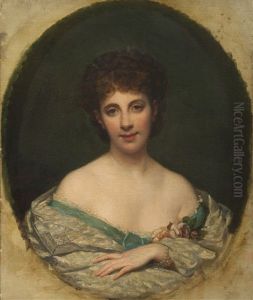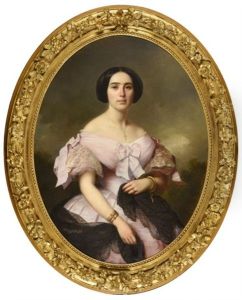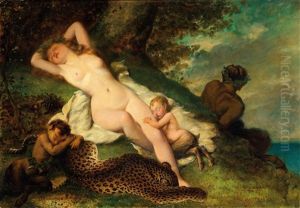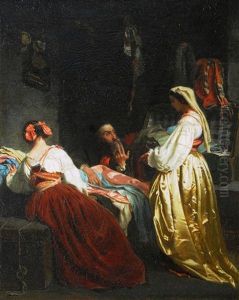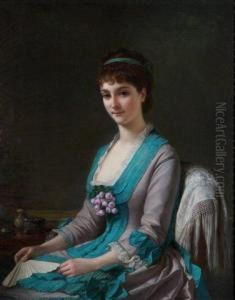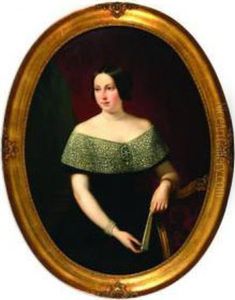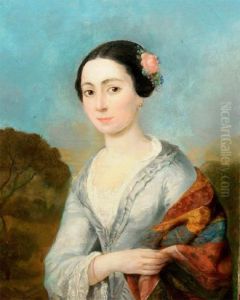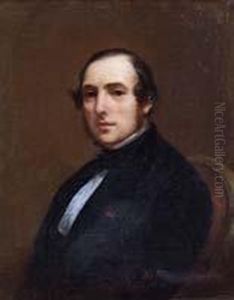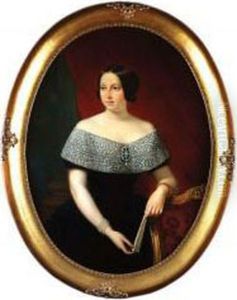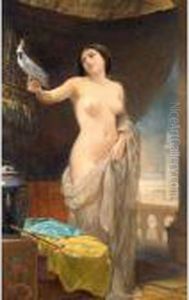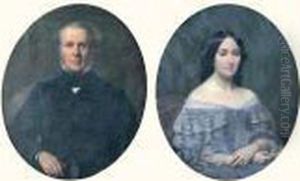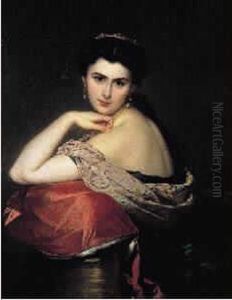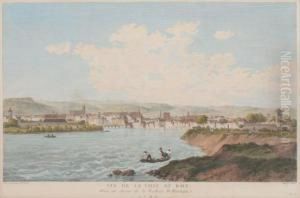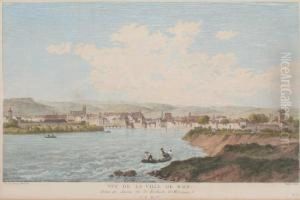Alexis Joseph Perignon Paintings
Alexis Joseph Perignon, born in 1806, was a French painter whose artistic journey was intricately woven into the rich tapestry of 19th-century European art. His life and career were emblematic of the period's shifting artistic movements, capturing the essence of romanticism while also hinting at the burgeoning realism that would dominate later in the century. Perignon's early life was steeped in the cultural milieu of France, a nation that was both recovering from the upheavals of the Napoleonic era and on the cusp of industrial and social transformation. These tumultuous times provided a fertile ground for his artistic exploration and expression.
Educated in the prestigious art academies of France, Perignon was deeply influenced by the romantic movement, which prized emotion and individualism over the classical ideals of reason and order. His works often featured dramatic landscapes and historical themes, imbued with a sense of emotion and atmospheric effect that was characteristic of the romantic sensibility. However, as his career progressed, Perignon's style evolved, reflecting the changing tastes and philosophical outlooks of the era. He began to incorporate elements of realism into his paintings, focusing on the everyday lives of people and the detailed depiction of nature, a shift that mirrored the broader artistic movement towards realism in the mid-to-late 19th century.
Though not as widely recognized as some of his contemporaries, Perignon's contributions to the art world were significant. His ability to transition between romanticism and realism highlights the dynamic nature of 19th-century art and its reflection of societal changes. Perignon's work was appreciated in his time, and he exhibited in several Salons, the official art exhibitions of the Académie des Beaux-Arts in Paris, which were the foremost art events in the world during that period.
Perignon's legacy is that of an artist who managed to capture the spirit of his age through the evolution of his style and subjects. His paintings remain a testament to the complex interplay between art and society in 19th-century France, reflecting both the enduring appeal of romanticism and the emerging focus on realism. Alexis Joseph Perignon passed away in 1882, leaving behind a body of work that continues to be studied and appreciated for its historical significance and artistic merit.
